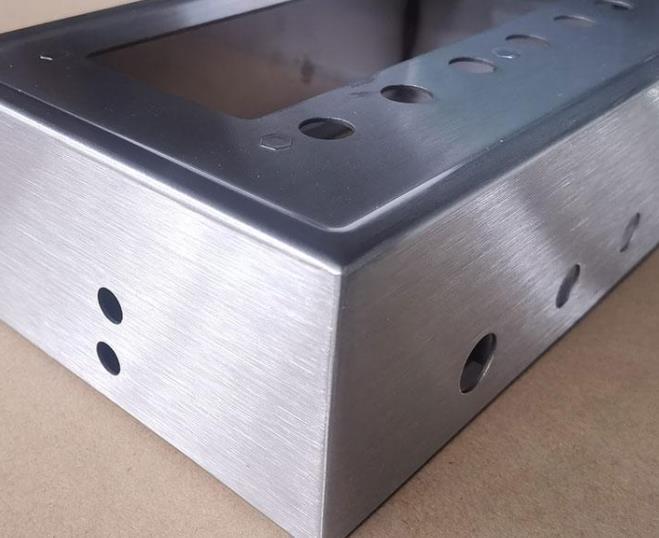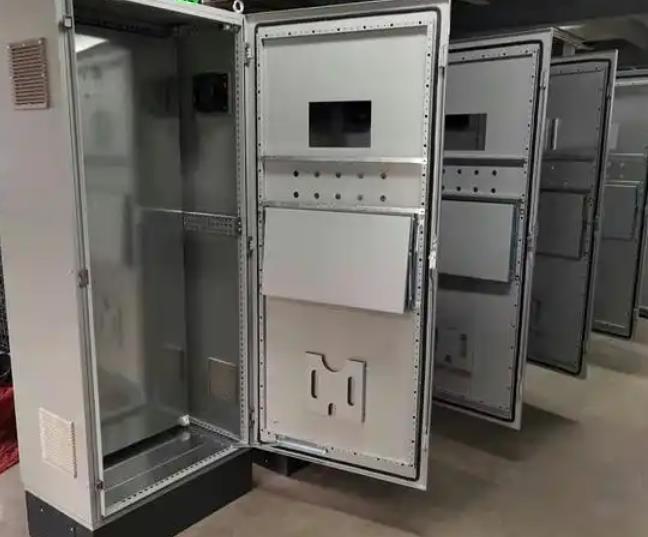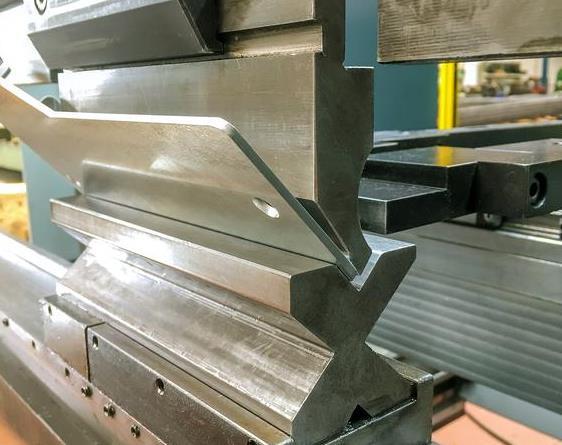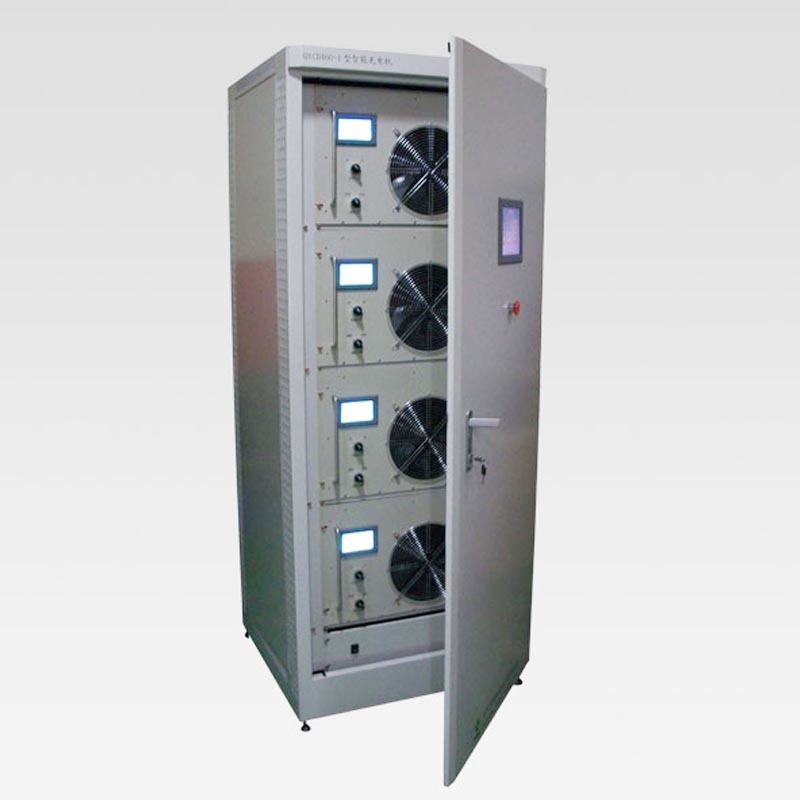Machining Inspection Specifications and Standards
Release time:
2025-01-15
【Summary】The machining inspection specifications and standards in Qing County are an important part of ensuring the quality of machined products. The following is a detailed explanation of the machining inspection specifications and standards: 1. Machining Inspection Specifications Machining inspection specifications typically include a series of inspection requirements and processes for machined products, aimed at ensuring that the products meet design requirements and production standards. These specifications may vary depending on different industries, companies, and product types, but generally include the following basic elements:
Qing County MachiningInspection specifications and standards are important links to ensure the quality of machined products. The following is a detailed explanation of the inspection specifications and standards for machining:
1. Machining Inspection Specifications
Machining inspection specifications usually include a series of inspection requirements and processes for machined products, aimed at ensuring that the products meet design requirements and production standards. These specifications may vary by industry, enterprise, and product type, but generally include the following basic elements:
-
Inspection Scope: Clearly specify which machined products and processes apply, such as cutting (turning, milling, planing, grinding, boring), drilling, punching, etc.
-
Inspection Conditions: Specify the environment in which inspections should be conducted, including requirements for temperature, humidity, cleanliness, vibration, and voltage. For example, the indoor environmental temperature is usually required to be between -10℃ and +55℃, and some precision measuring instruments need a stable workbench, away from large machining equipment, lifting equipment, and other sources of vibration.
-
Inspection Principles:
- Basic Principles: In theory, only workpieces that are within the specified size acceptance limits should be accepted. For workpieces with fit requirements, their size inspection should comply with the Taylor principle, meaning that the effective dimensions of holes and shafts do not exceed the maximum actual size, and their local actual dimensions and shape errors must be controlled within the size tolerance zone.
- Abbe Principle: The measured line should be on the measured line or its extension.
- Minimum Deformation Principle: The deformation caused by various factors should be minimized as much as possible.
- Shortest Dimension Chain Principle: The number of links in the measurement chain should be minimized to reduce the accumulation of measurement errors.
- Closure Principle: In measurement, if the closure condition can be met, the total deviation of the intervals is zero.
- Unified Reference Principle: The measurement reference should be consistent with the design reference and process reference.
-
Inspection Requirements: Specific inspection requirements and methods are proposed for linear dimensions and angular dimension tolerances, shape and position tolerances, threads, surface roughness, appearance, etc.

2. Machining Inspection Standards
Machining inspection standards are detailed guidelines formulated based on specific inspection requirements and methods, used to guide inspectors on how to conduct inspections and determine whether products are qualified. The following are some common machining inspection standards:
- Linear Dimension and Angular Dimension Tolerance Standards: For linear dimensions and angular dimension tolerances clearly required on the drawings, inspections should be conducted according to the drawing requirements; for technical requirements that specify no tolerances, judgments should be made according to relevant standards. For example, linear dimensions without specified tolerances are generally inspected according to GB/T 1804-2000 medium precision (M).
- Shape and Position Tolerance Standards: Similarly, inspections should be conducted according to the drawing requirements for those clearly required on the drawings; for those without specified tolerances, judgments should be made according to relevant standards. Shape and position tolerances without specified tolerances are generally inspected according to GB/T 1184-1996 medium precision (K).
- Thread Inspection Standards: Inspections are conducted using standard thread plug gauges (ring gauges), where the go gauge can pass freely through the thread, and the no-go gauge does not screw in more than the specified number of effective threads.
- Surface Roughness Inspection Standards: For surface roughness requirements clearly specified on the drawings, inspections should be conducted according to the drawing requirements; for those not clearly specified on the drawings, inspections should be conducted according to the roughness generally achievable by the processing technology. Inspection methods usually use sample block comparison or microscope comparison.
- Appearance Inspection Standards: Include inspection requirements for chamfering, rounding, burrs, scratches, knife marks, vibration marks, pits, protrusions, missing material, excess material, steps, stains, etc. For example, the surface of the workpiece must not have obvious scratches, clamping marks, bruises, or impact marks, and protective packaging must be done.
In summary, machining inspection specifications and standards are important guarantees for ensuring the quality of machined products. Enterprises should formulate appropriate inspection specifications and standards based on their own conditions and product characteristics, and strictly implement them to ensure that product quality meets design requirements and production standards.
TAG:
RELATED INFORMATION
2025-01-20
How much do you know about stainless steel sheet metal processing?
2025-01-18
What are the inspection standards for sheet metal processing chassis and cabinets?
2025-01-17
What are the main processes of sheet metal processing?
2025-01-16
What is the process flow of the chassis cabinet?
FAX
ADD
Gengguantun Industrial Development Zone, Qingxian County, Hebei Province, China

WeChat applet





